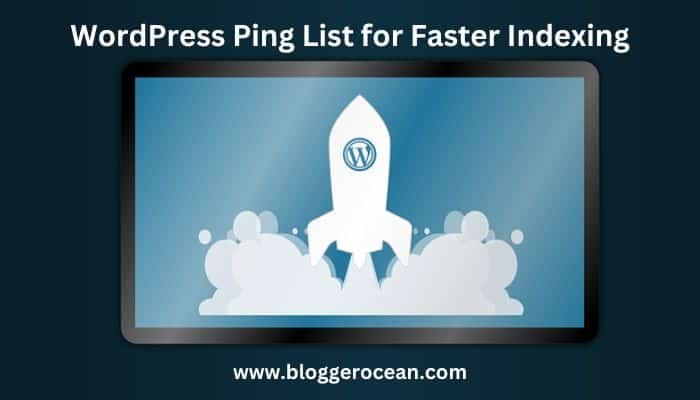How To Start A Blog in WordPress : A Step-by-Step Guide
Starting a blog is an exciting journey that allows you to share your passion, expertise, or experiences with the world. WordPress is a popular and user-friendly platform that can help you get your blog up and running in no time. In this comprehensive guide, we’ll walk you through the step-by-step process of starting a blog in WordPress.
Step 1: Define Your Blog’s Niche
Before you dive into the technical aspects of setting up your blog, it’s crucial to define your blog’s niche or topic. Choose a subject you are passionate about and have knowledge in. Your niche will shape your content and help you attract a dedicated audience.
Step 2: Find a Unique Domain Name and WordPress Hosting
- Choose a Hosting Provider: Start by selecting a reliable hosting provider like Bluehost, SiteGround, or HostGator. These providers offer affordable hosting plans that are well-suited for WordPress.
- Register a Domain Name: Your domain name is your blog’s web address (e.g., www.yourblogname.com). Many hosting providers offer domain registration services, so you can register your domain during the hosting signup process or use an existing domain if you have one.
Step 3: Install WordPress
Most WordpPress hosting service providers offer a simple, one-click auto installation process for WordPress. Here’s how to do it:
- Log in to your website hosting account’s control panel.
- Look for the “WordPress” or “One-Click Install” option.
- Select WordPress and follow the installation prompts.
- Set up your WordPress admin username and password.
Step 4: Configure Basic WordPress Settings
Once WordPress is installed, you’ll need to configure some essential settings:
- Log in to your WordPress dashboard by going to www.yourblogname.com/wp-admin.
- Navigate to “Settings” on the left sidebar and click “General.”
- Set your site title and tagline.
- Configure your preferred time zone and date format.
- Click on “Save Changes” button to save your settings.
Step 5: Choose a Theme
WordPress offers a vast library of free and premium themes to customize your blog’s appearance. To select and install a theme:
- In your WordPress dashboard, go to “Appearance” and click “Themes.”
- Now click “Add New” to browse available WordPress themes.
- Choose a theme that aligns with your blog’s style and goals, then click “Install.”
- Once the theme is installed, click “Activate” to make it your blog’s design.
Step 6: Install Essential Plugins
Plugins enhance your blog’s functionality. Some essential plugins to consider include:
- Yoast SEO: For search engine optimization.
- Akismet Anti-Spam: To combat spam comments.
- Jetpack: Offering various features like site stats and social sharing buttons.
To install plugins:
- In your WordPress dashboard, go to “Plugins” and click “Add New.”
- Search for the desired plugin, click “Install Now,” and then “Activate.”
Step 7: Create Essential Pages
Every blog needs essential pages like “About,” “Contact,” and a “Privacy Policy.” To create a new page:
- In your WordPress dashboard, go to “Pages” and click “Add New.”
- Provide a title and add content to each page.
- Click “Publish” to make the pages live on your blog.
Step 8: Craft and Publish Your First Blog Post
With your blog structure in place, it’s time to create and publish your first blog post:
- In your WordPress dashboard, go to “Posts” and click “Add New.”
- Write your blog post title and add your content.
- Use formatting options for headings, lists, and media.
- Add relevant tags and categories.
- Click “Publish” when your post is ready to go live.
Step 9: Promote Your Blog
To attract readers, share your blog posts on social media platforms, engage with your audience, and consider implementing SEO strategies to improve your blog’s visibility on search engines.
Conclusion:
Starting a blog in WordPress is a rewarding endeavor that allows you to share your passion with the world. By following this step-by-step guide, you’ll be well on your way to creating a successful blog that connects with your target audience and makes a meaningful impact. So, go ahead and embark on your blogging journey, and remember that consistency and quality content are key to your blog’s success.






